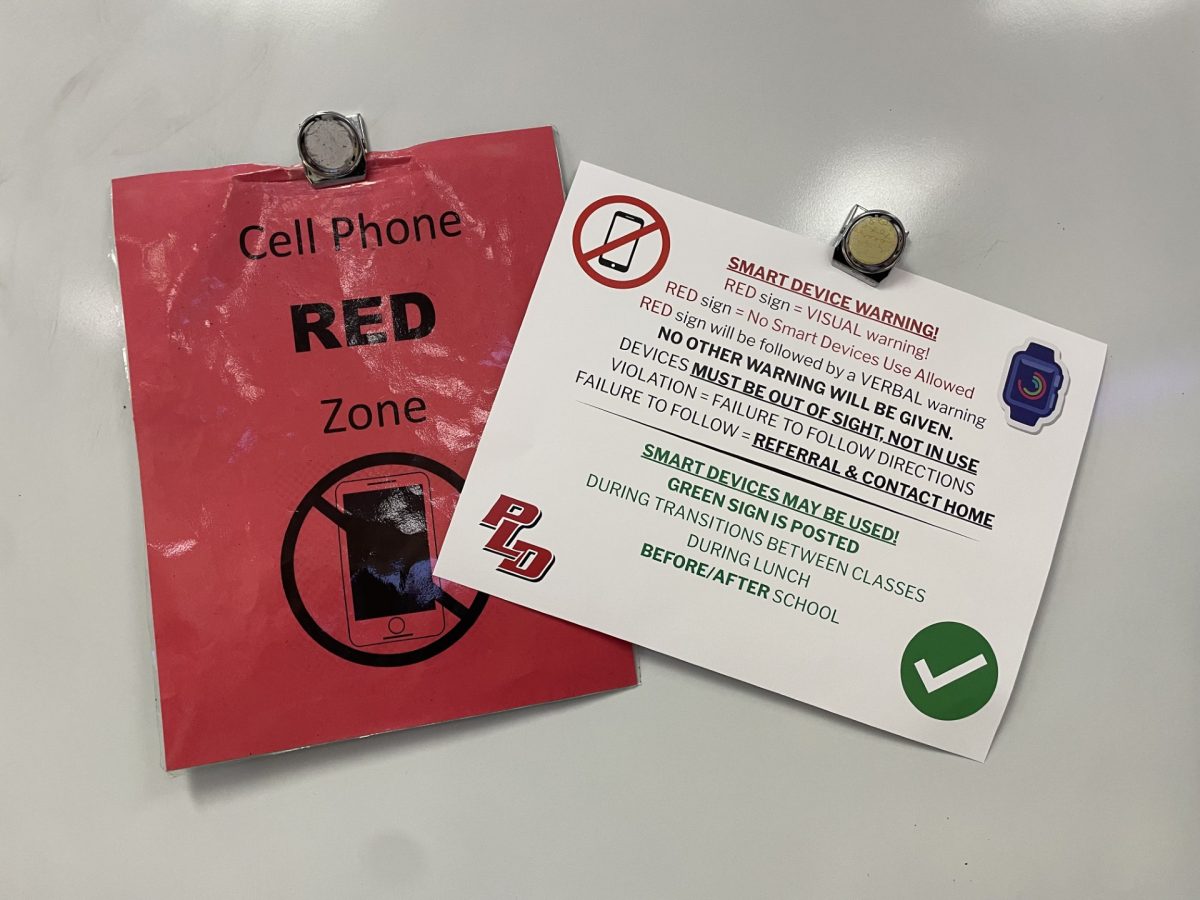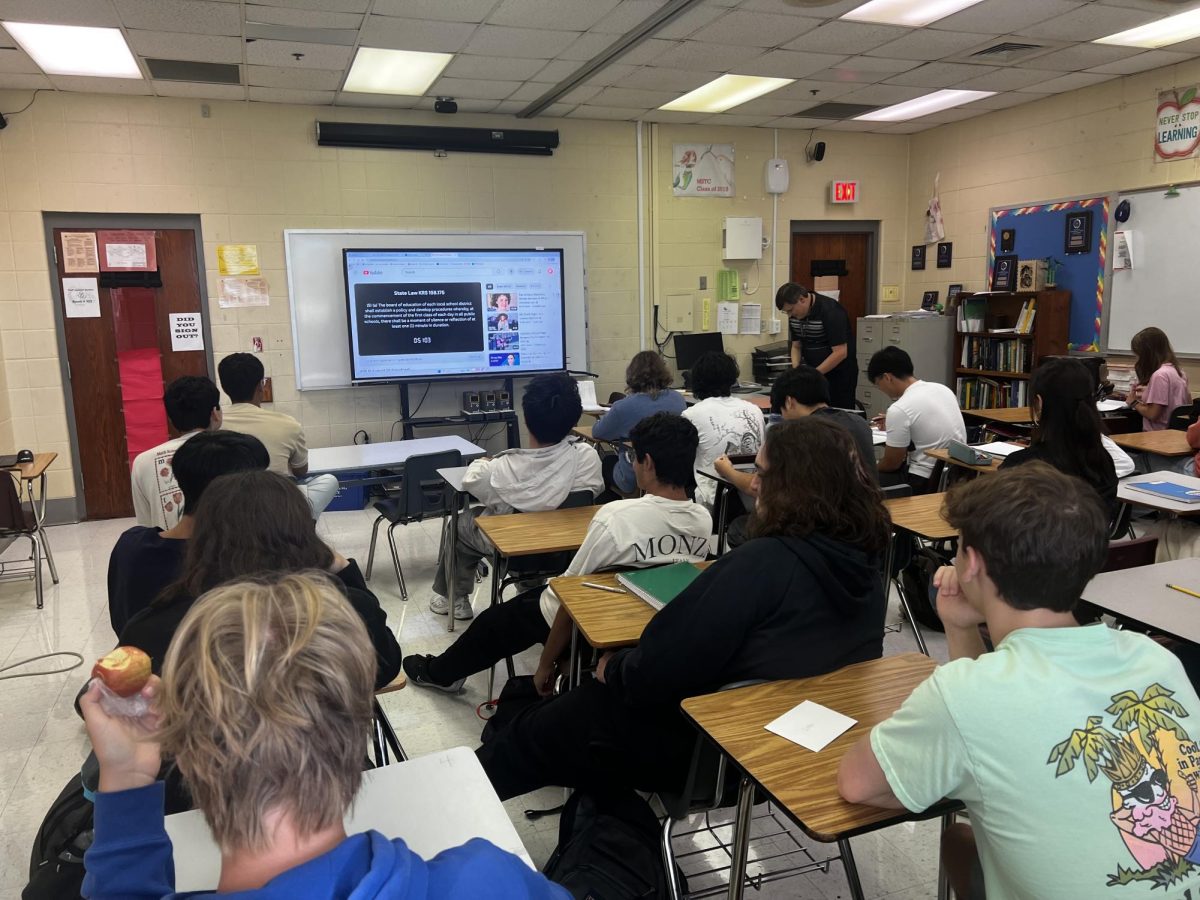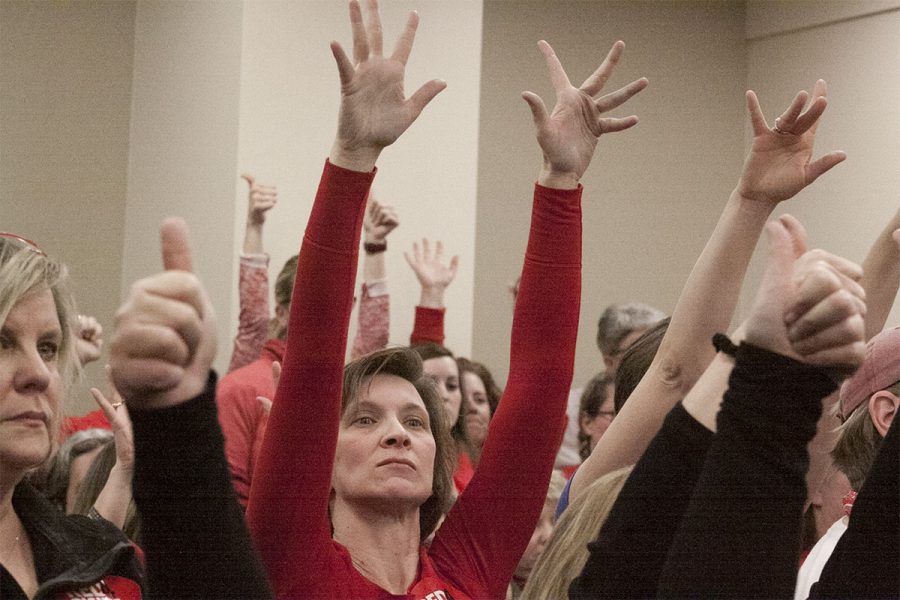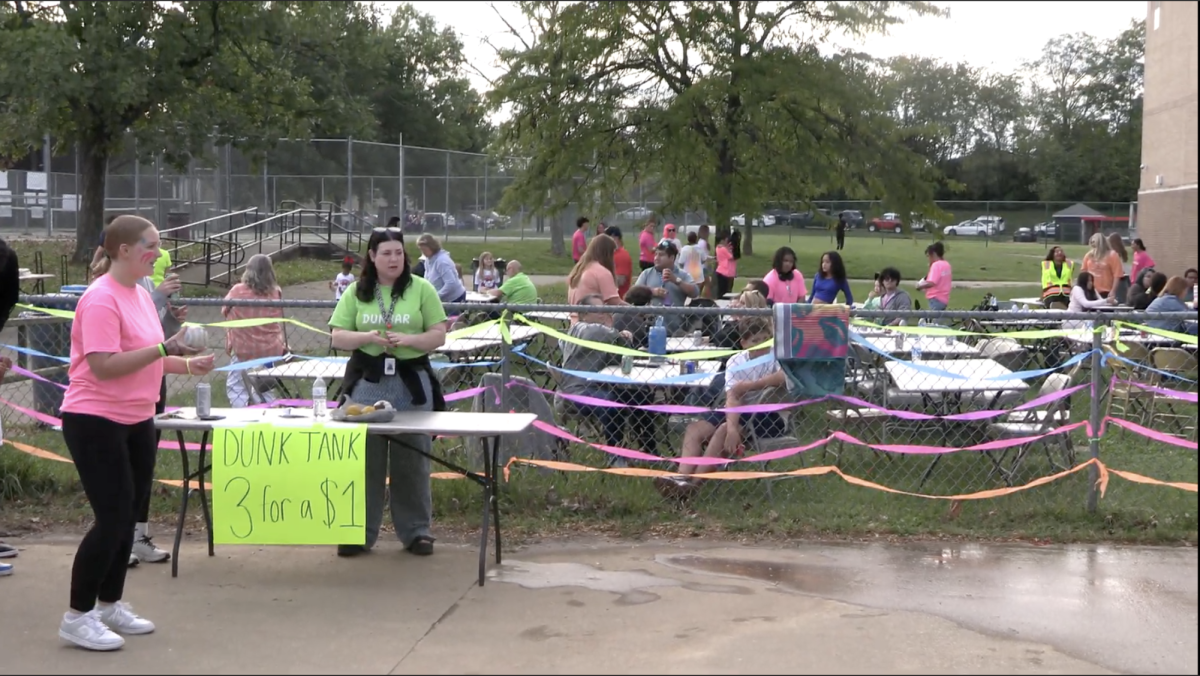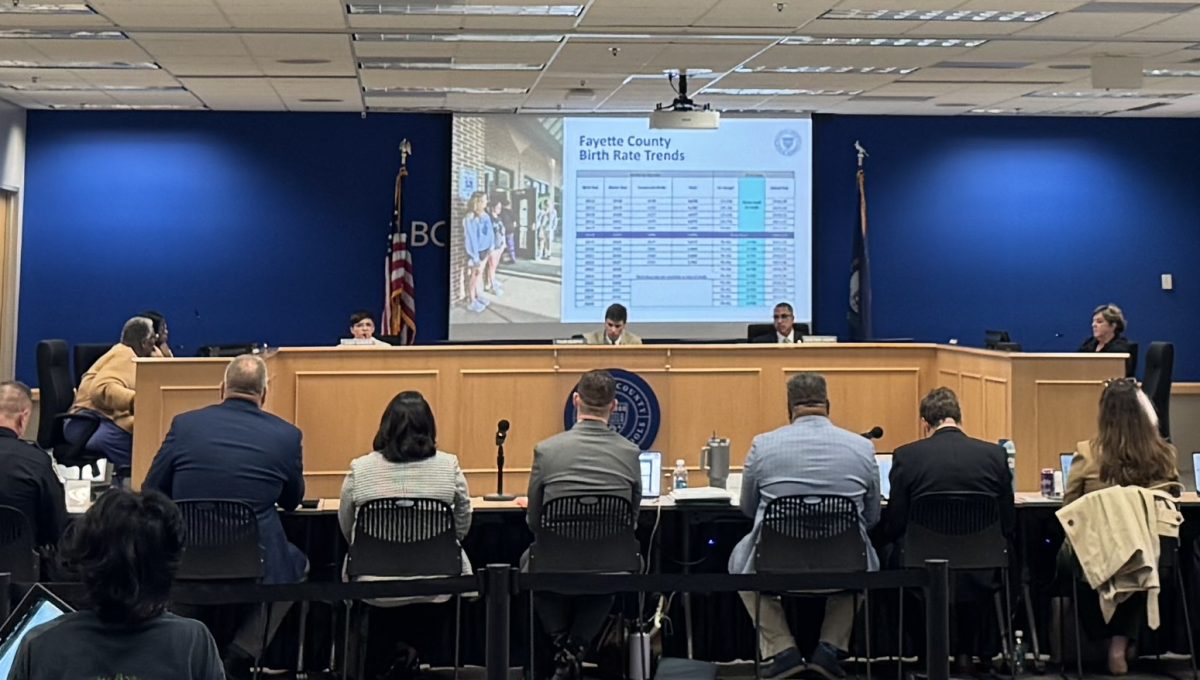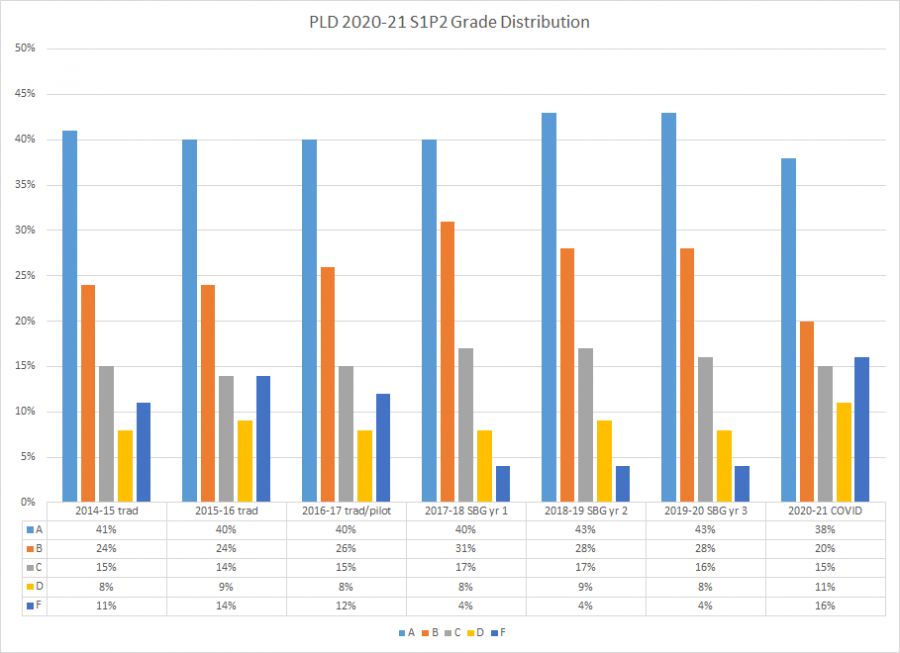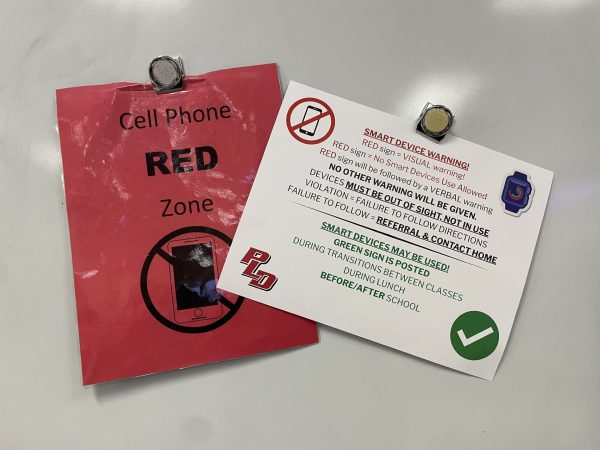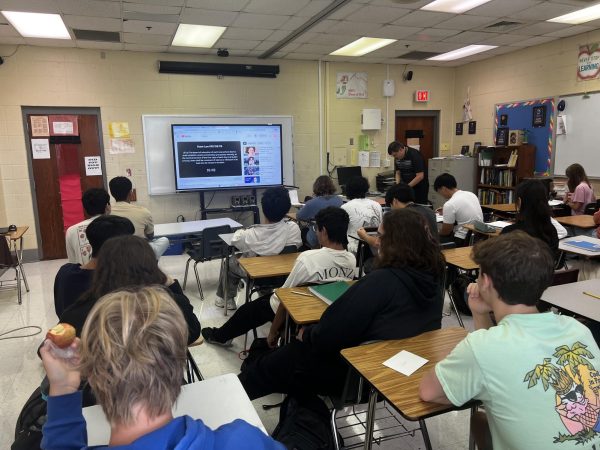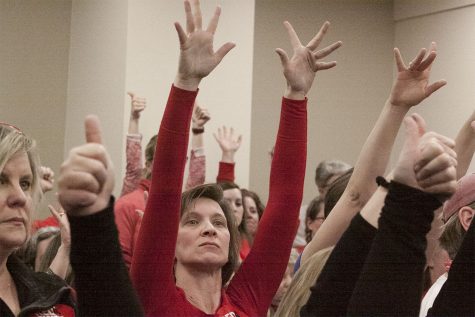Grades, Attendance Still a Concern for Administration
As online learning continues, many students are failing to show up.
Screenshot taken by Sadie Bograd
Dunbar’s current grade distribution, emailed to staff last week, shows an increase in the total number of F’s and decrease in the total number of A’s from a typical school year.
When Dunbar transitioned to remote learning last spring, classes were asynchronous and grades were fixed, giving students flexibility as to when (and whether) they did their schoolwork.
This semester, synchronous learning is the expectation, employability is newly emphasized, and students are receiving grades like normal. But despite teachers’ and administrators’ best efforts, many students are struggling to stay on top of their online classwork.
“Some students can take the material/resource provided and do very well with little direction while others cannot,” Principal Betsy Rains said. “We see some of the same issues with NTI that we have seen with traditional teaching and learning, such as not turning in assignments, not completing formative practice, and the lack of participation. It is a constant challenge for teachers to find an approach that will work with all students in a normal setting and even harder with NTI.”
At the beginning of the year, Ms. Rains announced that employability would be 25% of the grade for each class, and that students who miss class should notify their teachers in advance.
Dunbar’s attendance clerk, Ms. JoAnn Boyd, said that around 200 students are absent each day out of Dunbar’s total student population of 2,036. That’s an increase from last year, according to Ms. Boyd, when attendance was normally between 93% and 95%. The number also excludes CCR days when attendance is not tracked.
Although attendance rates are down this year, truancy is no longer a concern for students struggling to attend class.
Usually, a student is considered truant if they are absent or tardy unexcused more than three times, and habitually truant if they miss school more than six times.
This year, though, “the schools are more concerned with students participating than keeping [track of the] number of days absent,” Ms. Boyd said. “We are just trying to keep students engaged and not reporting truancy as before.”
Ms. Rains added that “teachers and staff are reaching out to students who are not participating or absent and falling behind,” and that staff may begin conducting “home visits” when COVID-19 cases reduce.
Grades are also a concern for many students. Administrative Dean Tonya Merritt said that over 450 students, or around 20% of the student body, were invited to participate in targeted services because they were failing at least two classes after the first grading period.
In an email to staff, Ms. Rains noted that grades have “gone down substantially” since then. 16% of the around 14,000 grades assigned each semester are currently F’s, and there was a 7% decrease in A’s since the first grading period. In a typical year, around 4% of grades are usually F’s.
Rains believes that students are feeling unmotivated in part because of a lack of social interaction, a problem that is difficult to solve during a pandemic that requires social distancing. Dunbar has a mental health specialist, social worker, school psychologist, counselors, and other volunteers who are available to help students with their mental health needs.
Teachers and administrators are continuing to try to make the best of a challenging situation. Although targeted services have ended for the semester, Ms. Merritt said that teachers and school staff will contact students who are failing classes “to make a specific plan for them to improve their grade(s) by the end of the semester.”
“Just get them to a D,” Ms. Rains told staff.

Hi! I’m Sadie Bograd, and I’m a senior at Dunbar. This is my second year on Lamplighter staff. I’m now one of the program’s Editors-in-Chief. Along...



